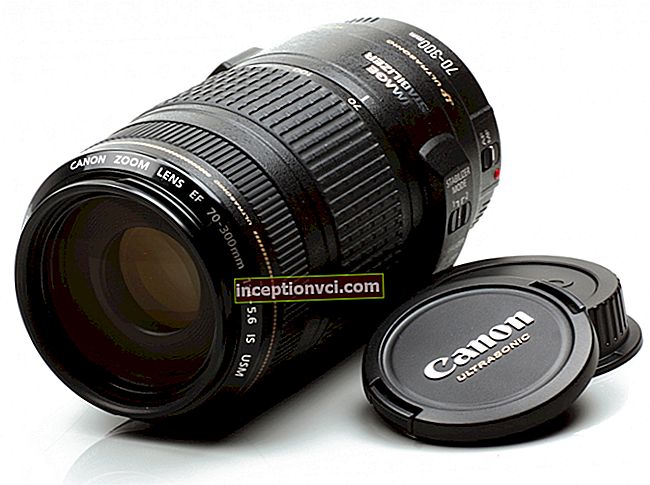Each tourist, going on a hike, has his own method of packing a backpack, but there are general rules that must be followed.

How to properly pack your backpack for a hike?
When assembling a backpack, put a thick plastic bag in it, which will keep the contents from getting wet during the rainy season during the hike. When packing things, carefully pack them in all voids. Down, closer to the waist belt, put the heaviest non-essential items.
The weight of items is distributed as follows:
- put heavy ones closer to the back;
- place the items with the smallest weight at the top;
- necessary things on the route (for example, a raincoat) are placed in special sections of the backpack.
Pay attention that objects that are not correctly lying in the backpack, causing inconvenience and painful sensations, do not rest against your back. The backpack should not be higher than the head, otherwise, when descending, balance is lost.
How to assemble a backpack?
Pack the heaviest things closer to the back, but not to the bottom of the backpack, since the center of gravity should not move away from the tourist's body. Otherwise, you will have to constantly lean forward, maintaining balance.
How do I carry my backpack?
To lift or move the backpack, do not grab it by the fastener flap or cover. The backpack flap is not designed to be dragged around, so it will come off 50% of the time. Shoulder straps or a handle are used to carry the backpack.
How to put on your backpack?
The backpack of an experienced tourist weighs a lot, so it is not recommended to throw it on your back in one movement: you risk undermining your health (injuring your back, losing balance) and damaging the backpack (the straps of the backpack are torn).
The backpack is put on in the only correct way: taking it by the straps or the handle, place it on the thigh of the leg bent at the knee. Place your hands in the shoulder straps one at a time, crawling under the properly adjusted backpack.

Backpack adjustment
You need to adjust the backpack with a full load. Loosen all straps of the backpack, put it on and start adjusting:
- Fasten and tighten the waistband and lean forward slightly so that the backpack rests loosely on your back. The belt does not receive additional load, because it is easily tightened to the required size. Straighten up to feel how the weight is distributed through the belt onto the pelvic bones. The hips support the midsection of the belt. It turned out differently, after completing the fit, adjust the harness - the place where the shoulder straps are attached, in accordance with the height of the tourist and his build;
- pull up the shoulder straps. Fitting tightly to the shoulders over the entire surface, they should not be overly tightened. The weight of the load is transferred to the shoulders from the belt - this leads to overstrain and injury to the spine. Adjust the tension of the backpack straps so that the load is evenly distributed on the shoulders and on the belt;
- tighten the straps for adjusting the position of the backpack to move the top of the bag closer to the back. Secure the bottom of the adjustment straps in the clavicle with the optional shoulder strap buckle. Do not overtighten the adjustment straps to avoid loose shoulder straps;
- pull up the side braces so that the belt fits evenly to the pelvis along its entire circumference on both sides;
- Fasten the chest strap to securely bond the backpack to your body.
All actions are performed in the same way on the right and left. The straps of the backpack prepared for use are of equal length.
What should I pack for a hike?
The optimal list of things necessary for the hike is completed depending on the area of stay, the number of days and the time of year.

In order not to forget anything and not to collect too much, make a list of things for the trip. As you complete your backpack, check the folded items on the list.
20 essential things for hiking (spring, summer, autumn):
- backpack;
- sleeping bag;
- rug (mat);
- raincoat;
- spare shoes;
- compass;
- 2 T-shirts;
- pants, shorts;
- jacket or sweater;
- headdress (cap / panama hat, hat);
- socks (2-3 pairs);
- dishes (bowl, mug, spoon, knife);
- swimsuit;
- matches;
- first aid kit;
- toiletries (brush, toothpaste, bar of soap, comb, toilet paper);
- small towel;
- Underwear;
- flashlight;
- thread and needle.
Any athlete is unambiguous in his judgments: the lower the center of gravity, the more stable you will be. Therefore, all heavy items are located at the bottom of the backpack, and the center of gravity is adjusted by a large forward tilt. On the one hand, this is so, but the more you bend forward, the more you squeeze the diaphragm - less oxygen enters the body.
Therefore, if you have a long walk without serious obstacles, place heavy things at the top and it will be easier for you to breathe, thanks to a slight tilt of the body.
If you plan to cross rocky peaks and windbreaks, stack heavy items at the bottom for added stability. And restore your breathing with regular rests.

How to choose a backpack for your hike?
A backpack is a must-have piece of equipment on any trip. Modern technology has improved the comfort and technical characteristics of the backpacks.
The types of backpacks depend on their purpose:
- pedestrian backpack - contains a metal or metal-plastic frame, due to which the load is evenly distributed over the entire back. The structure of the frame corresponds to the natural curvature of the human spine, which is comfortable during the expedition. With the help of such a backpack, up to 130 liters of cargo is carried;
- Backpack for mountaineering has a lightweight aluminum frame, equipped with an external harness for the tool. Maximum backpack capacity up to 80 liters;
- a backpack for cycling tourism is of two types - a shoulder backpack for short trips and small loads, and a luggage backpack for transportation on the trunk of a bicycle;
- expeditionary backpacks are characterized by a large volume (at least 80 liters), designed for difficult long journeys. Expedition backpacks weigh about 2 kg. They have thick (sometimes of varying rigidity) lining on the shoulder straps, belt and back.

Backpacks for cycling have improved back ventilation, a waterproof cape is provided to cover the bag from rain and dirt. Reflective inserts are used on the surface of the backpack. Some models have a bicycle helmet attachment to the backpack.
Luggage backpacks are in the shape of pants, they are called so - "cycling pants". Volume - from 60 to 80-90 liters. There are one-volume or multi-section. The first ones hold more things and are used for long trips, the second ones - the required volume is selected for a specific trip.
We invite you to the F.ua catalog, where you can choose a model to your liking.
We present to your attention a video review of sports backpacks.









